Heel pain that sidelines active kids between ages 8 and 14 often points to Sever’s disease—also called calcaneal apophysitis. At The PT Zone, we relieve growth‑plate irritation, restore calf flexibility, and guide safe sport participation so young athletes can run and jump pain‑free as they grow.
- Reduce sharp heel pain during running and jumping
- Improve calf and Achilles flexibility to unload the growth plate
- Strengthen foot and lower‑leg muscles for shock absorption
- Teach load‑management strategies for pain‑free sport seasons
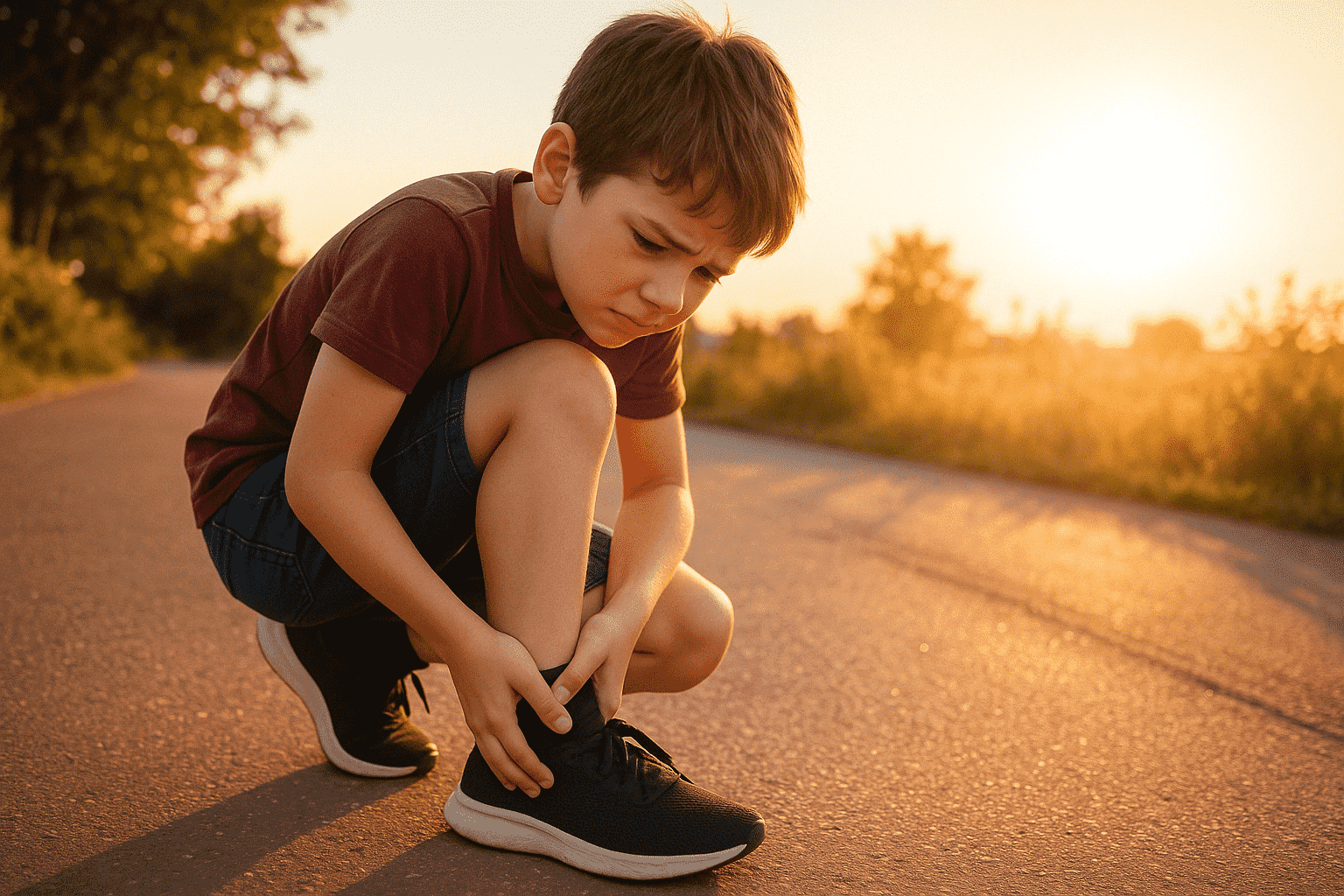
Calm Growing‑Heel Pain
and Keep Kids Active
Sever’s disease occurs when the Achilles tendon repeatedly tugs on the still‑developing growth plate at the back of the heel. Sudden growth spurts, spikes in sports practice, stiff calf muscles, or minimalist shoes can multiply that pull, causing inflammation that flares during running or after long practices. Kids often limp off the field, complain of “bruise‑like” heel pain, or avoid barefoot walking on hard surfaces. At The PT Zone we begin with a thorough gait and growth assessment—measuring calf flexibility, single‑leg balance, foot posture, and recent activity load. We also screen footwear and playing surfaces because cleats on firm turf or court shoes on indoor hardwood can magnify impact on the heel.
Early sessions focus on pain relief: heel‑cup inserts or temporary lifts reduce Achilles traction; gentle calf and plantar‑fascia stretches restore length without stressing the growth plate; and ice‑massage protocols calm soreness after games. We coach a “traffic‑light” activity scale so families know when to modify or pause sport, preventing over‑rest that de‑conditions and over‑play that re‑irritates. Parents often see their child’s limp ease and morning stiffness drop within the first week of load adjustments and stretching.
As pain subsides, we build resilience: seated then standing calf raises, single‑leg balance on unstable pads, and hopping drills teach the foot‑ankle complex to absorb forces evenly. For multi‑sport athletes, we layer age‑appropriate plyometrics and sprint‑mechanic cues that distribute load through the entire kinetic chain. Education on gradual cleat break‑in, alternating training surfaces, and pre‑practice dynamic warm‑ups keeps the growth plate happy through growth spurts.
Graduation means your child runs full drills, walks barefoot with ease, and understands how simple stretching plus smart scheduling keeps Sever’s disease from returning as they shoot up another inch.
Our Therapies for Sever’s Disease (Calcaneal Apophysitis):
Load‑management planning, heel‑cup support, calf‑foot flexibility, progressive strengthening, and sport‑specific re‑entry—everything young athletes need to beat heel pain and stay in the game.
-
Balance Training
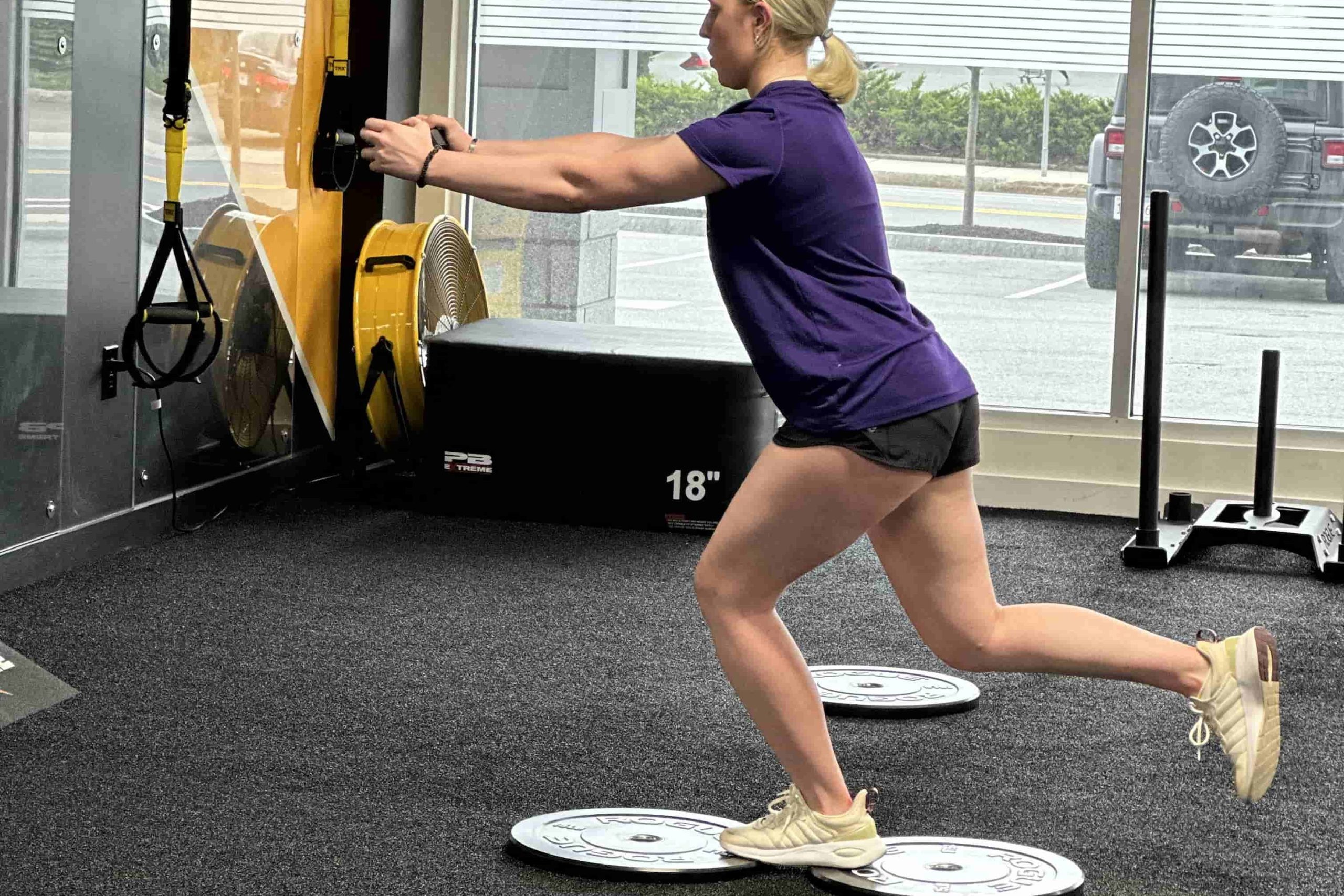
Balance Training is a specialized approach that strengthens stabilizing muscles, enhances coordination, and reduces fall risks, ultimately improving posture and promoting confident movement.
-
Certified Manual Therapy
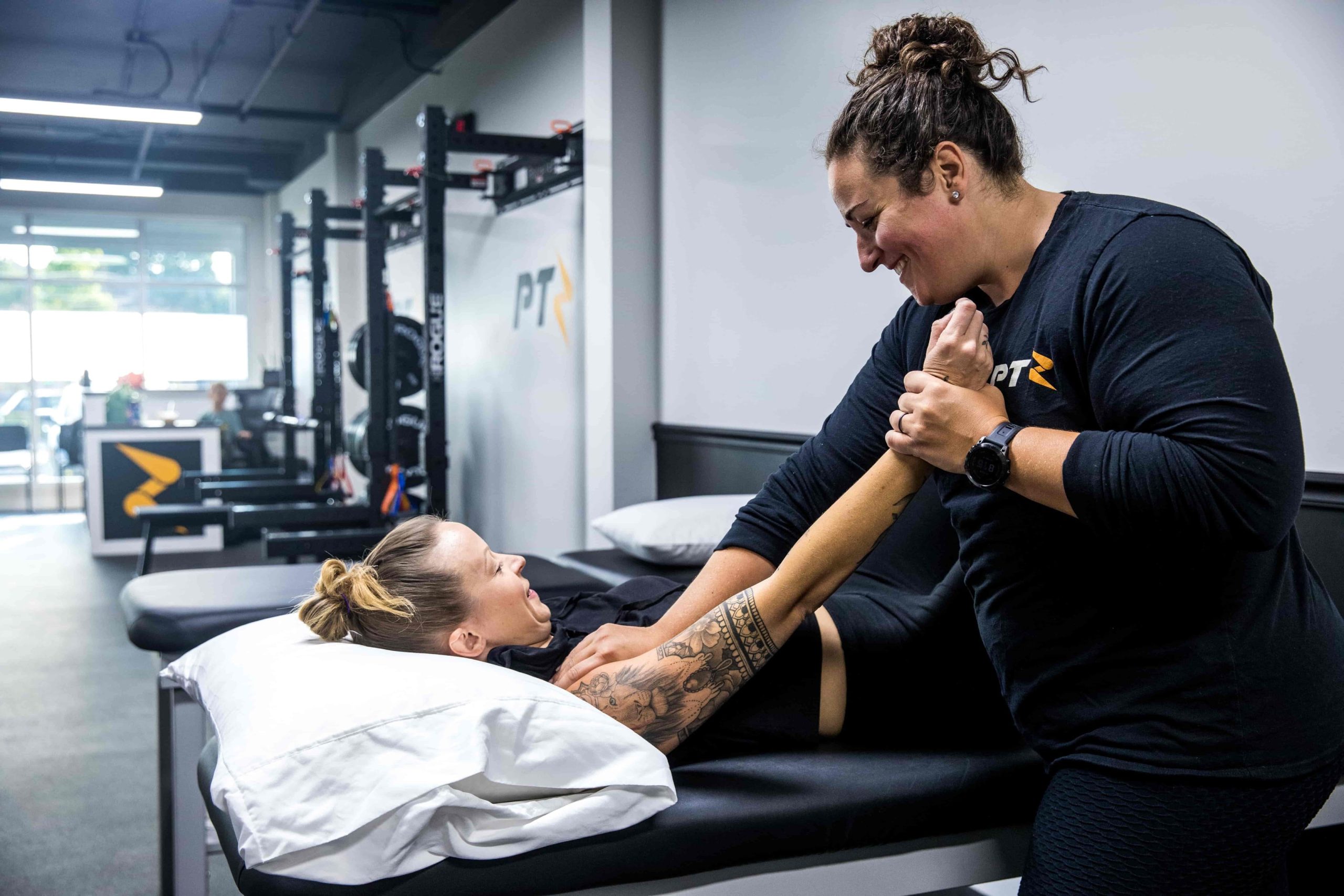
Certified Manual Therapy is a hands-on approach that addresses joint, muscle, and connective tissue dysfunction, reducing pain, improving alignment, and promoting faster, more efficient recovery.
-
Cupping
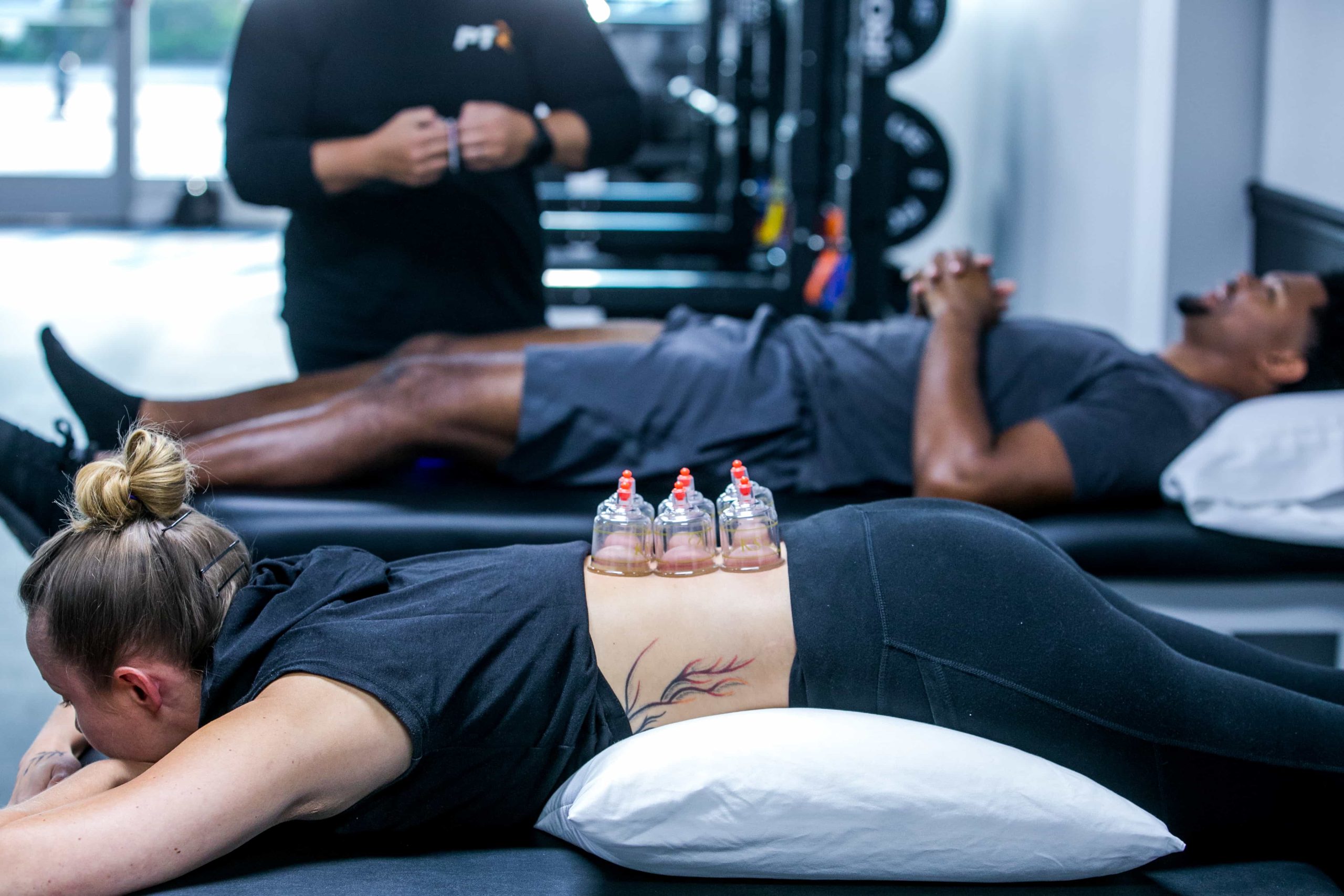
Cupping therapy is an ancient healing technique that uses suction to enhance circulation, relieve muscle tension, and promote the body’s natural recovery process.
-
Dry Needling
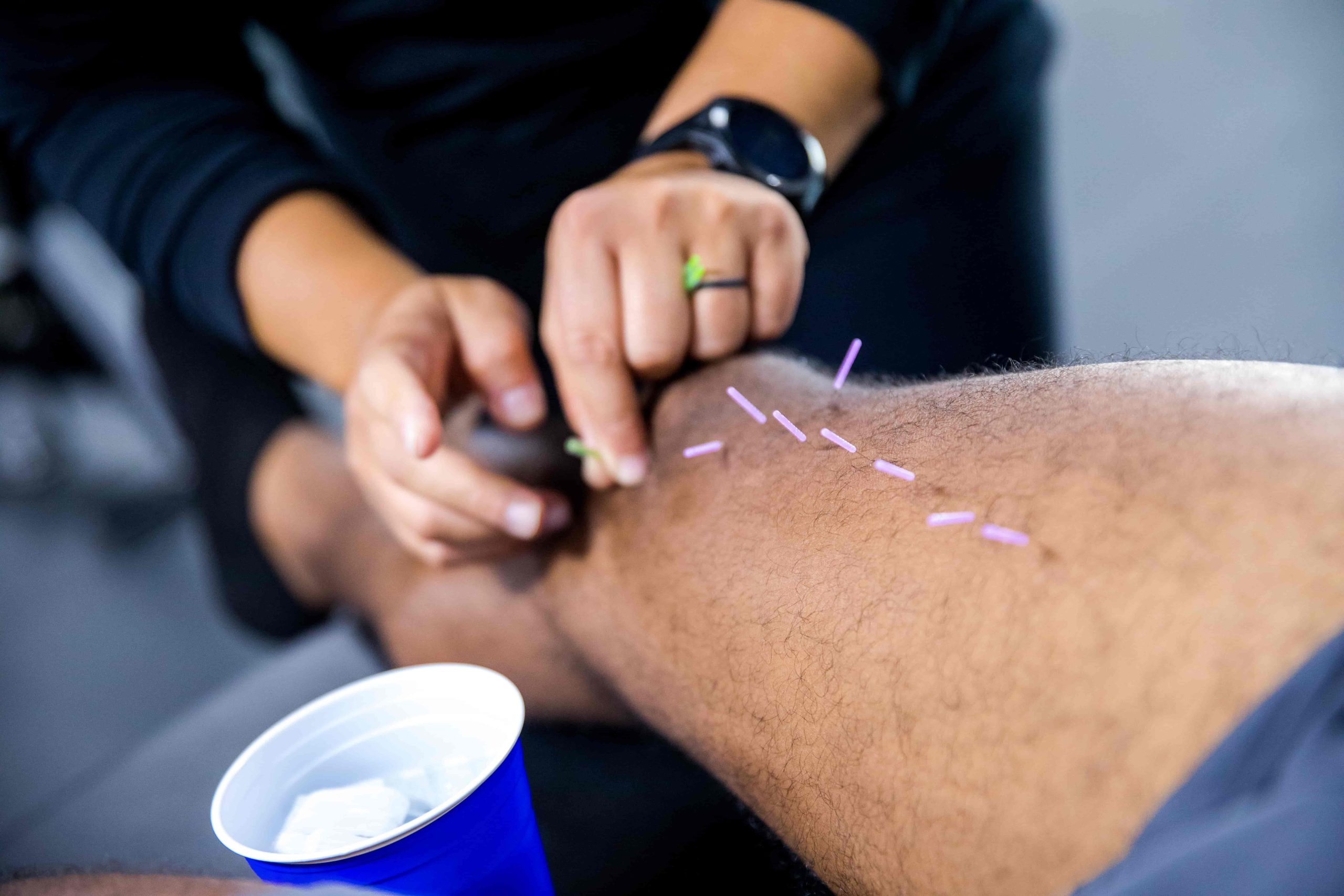
Dry needling is a modern therapy that targets muscle trigger points with thin needles to relieve pain, reduce tension, and restore mobility.
-
Gait Training
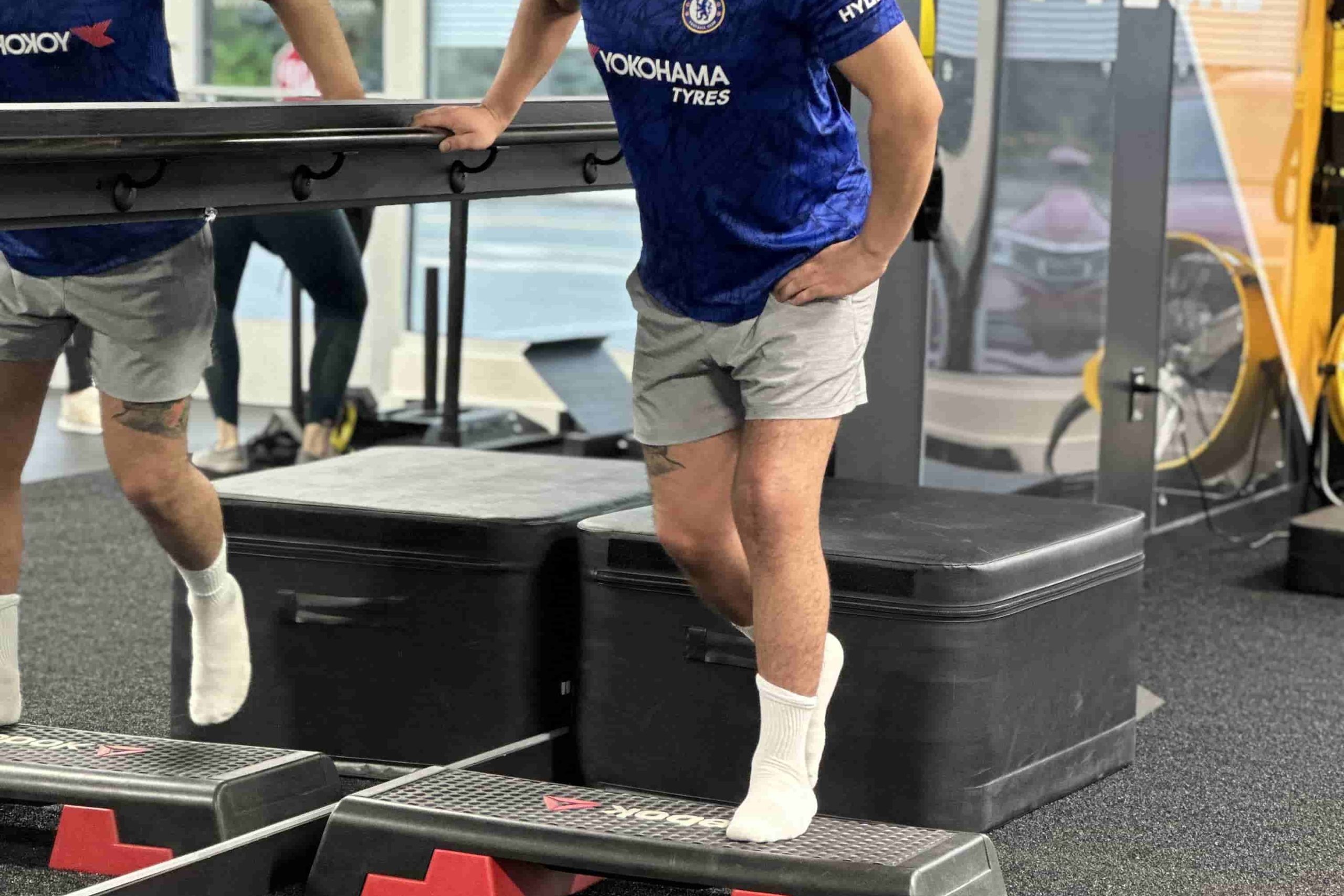
Gait Training is a specialized approach that enhances walking mechanics, improves lower-limb strength, and reduces re-injury risks, ultimately promoting more efficient movement.
-
Graston Technique
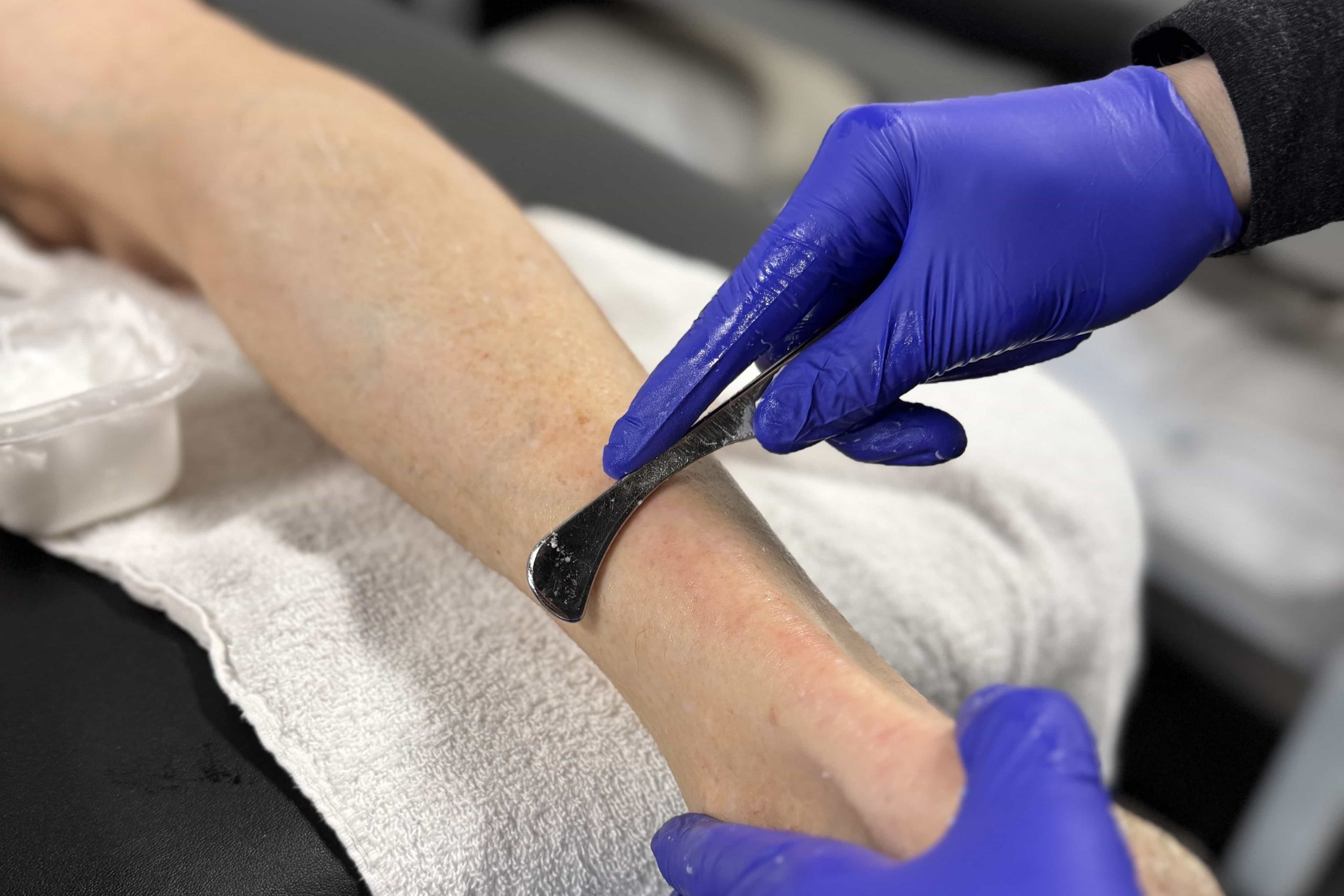
Graston Technique is a specialized manual therapy that uses stainless steel instruments to break down scar tissue, improve mobility, and accelerate healing.
-
Kinesiotaping
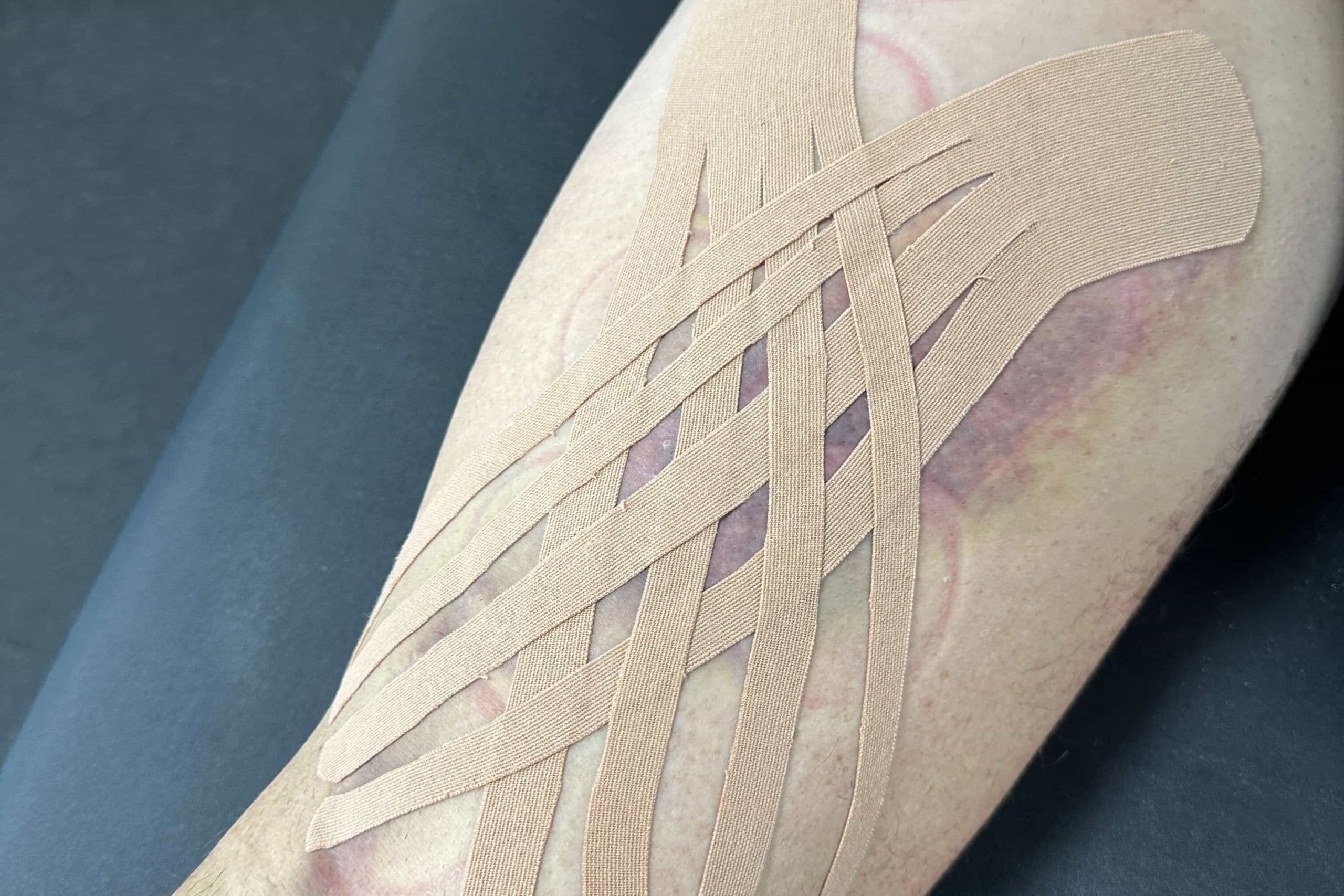
Kinesiotaping is a flexible taping method that provides gentle support, improves circulation, and helps maintain natural movement for a more comfortable and effective recovery.
-
Manual Traction
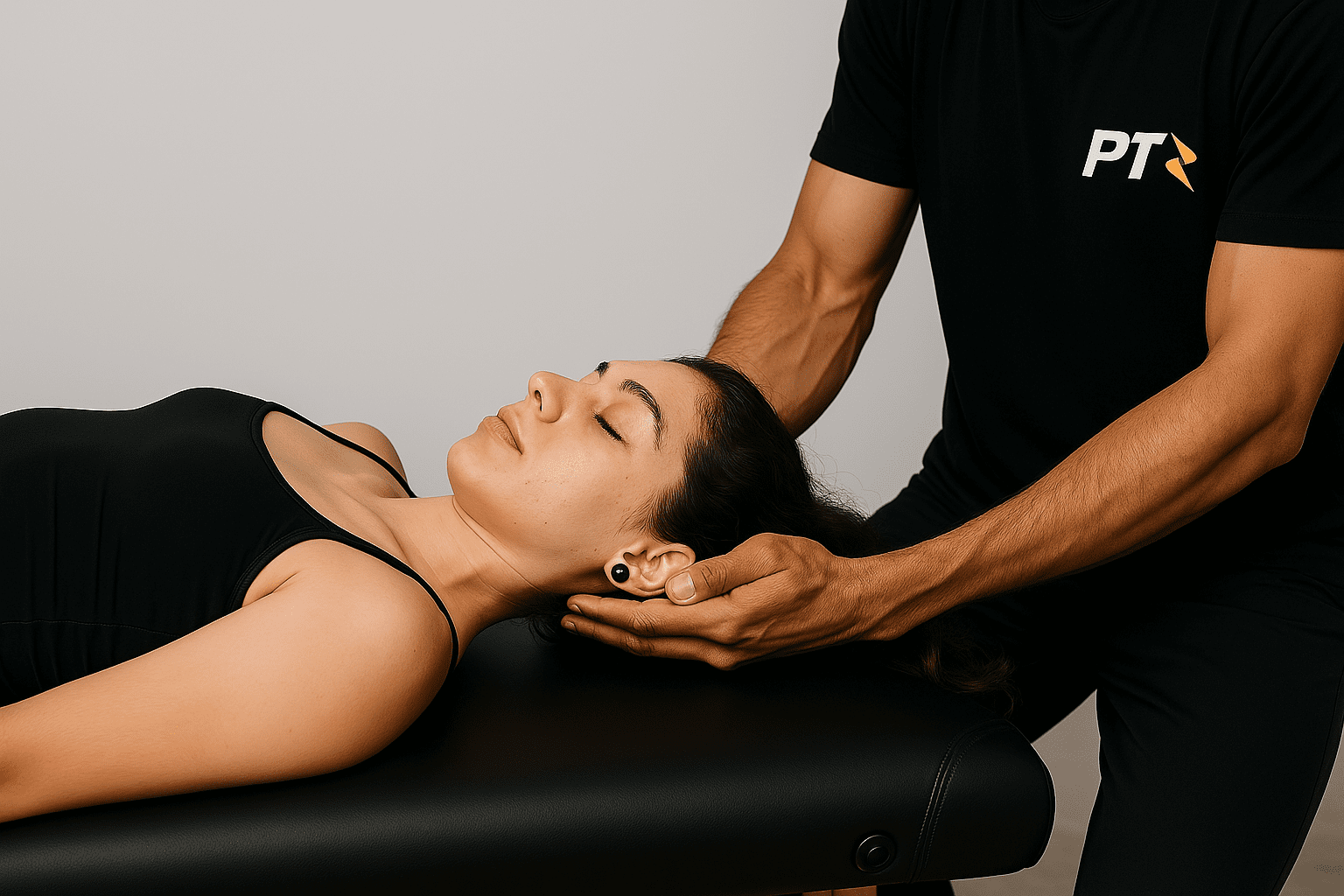
Manual Traction is a gentle, hands-on method used to decompress the spine, relieve pressure on discs and nerves, and improve overall comfort and mobility.
-
Post-Surgical Rehab
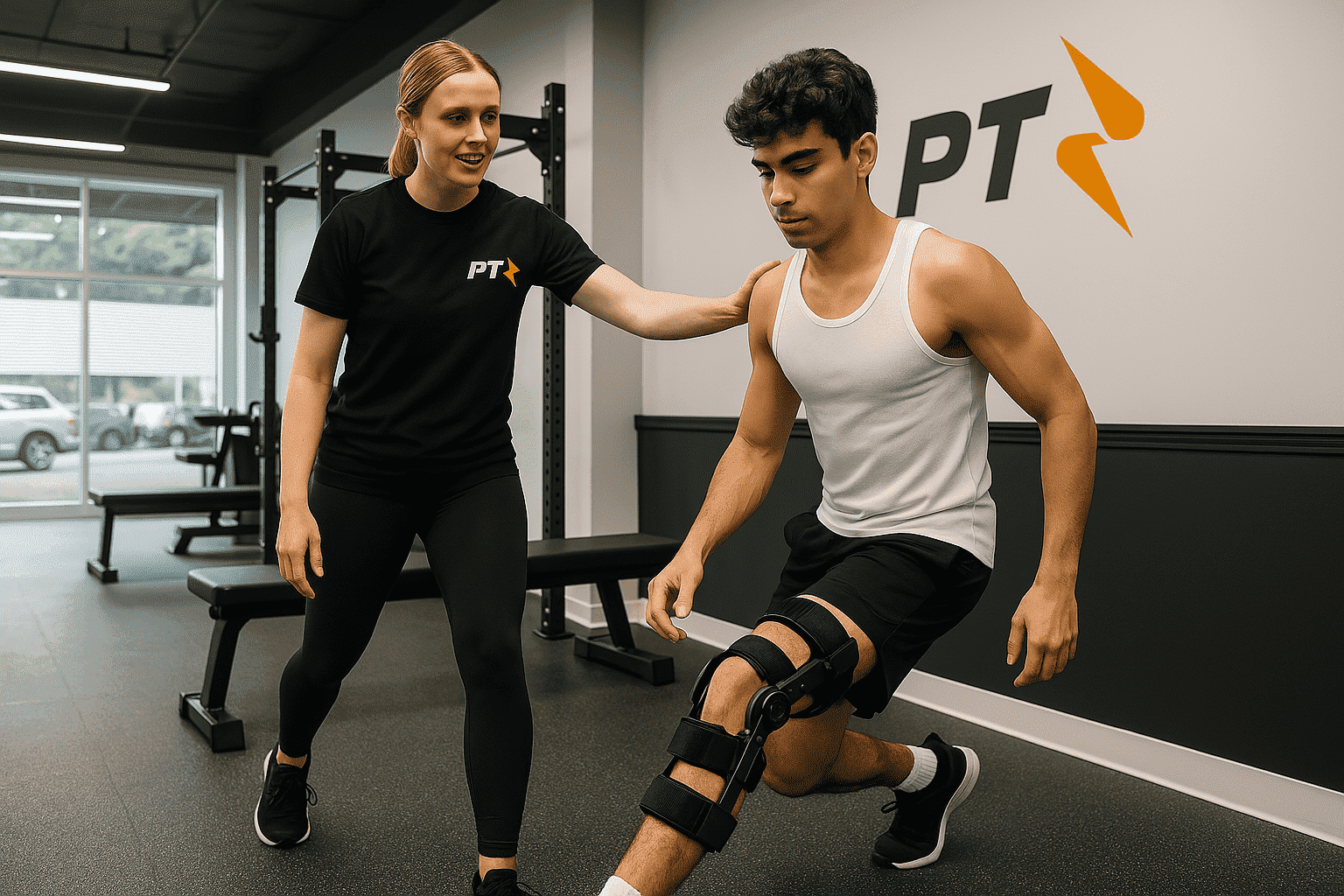
Post-Surgical Rehab is a structured recovery process designed to restore mobility, manage pain, and rebuild strength after surgery, ensuring a safer and faster return to your everyday activities or sports.
-
Physical Therapy for Weightlifters & CrossFit
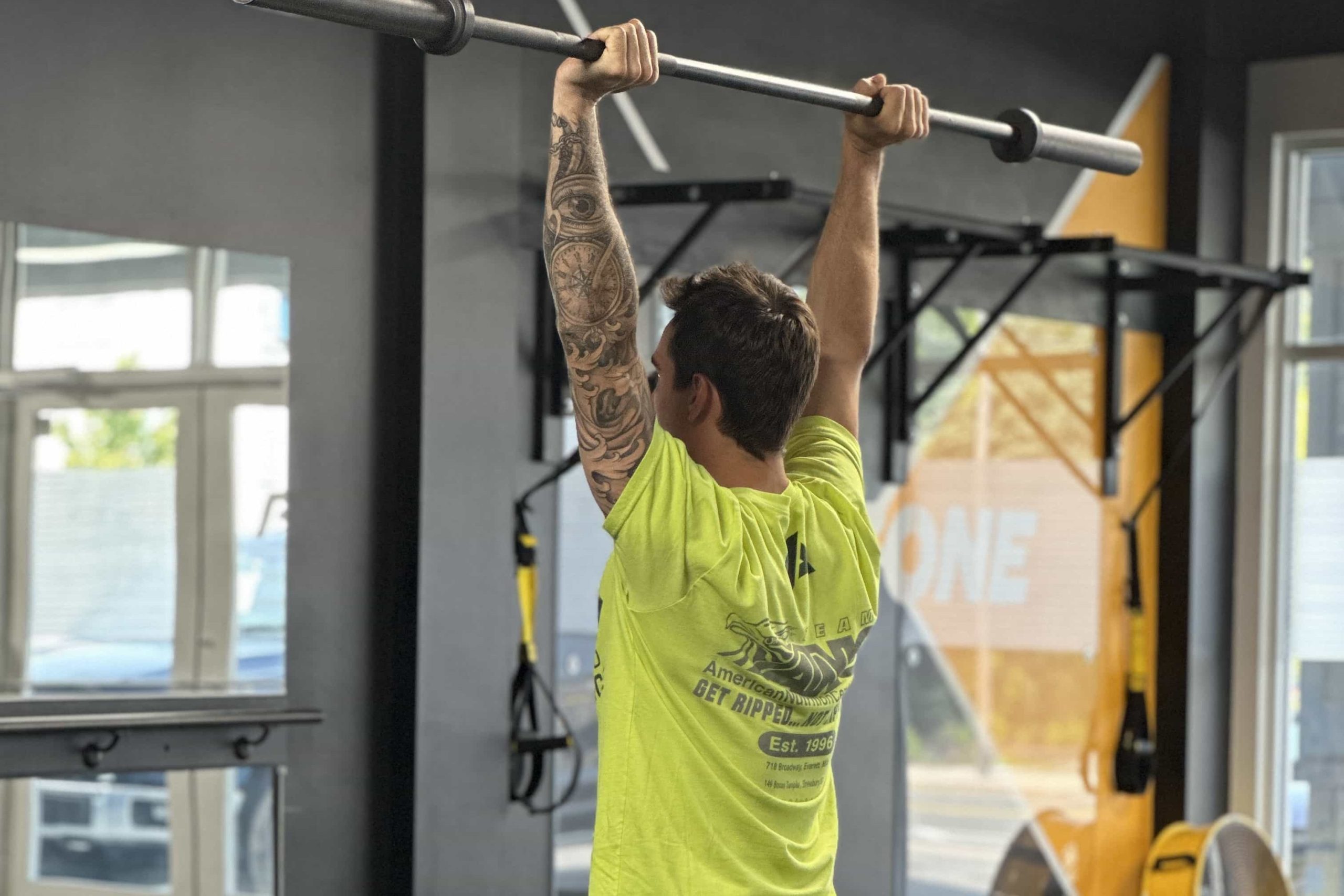
Physical Therapy for Weightlifters & CrossFit focuses on proper lifting mechanics, correcting muscle imbalances, and managing stress on joints to prevent pain, accelerate recovery, and enhance overall strength gains.
-
Physical Therapy For Runners
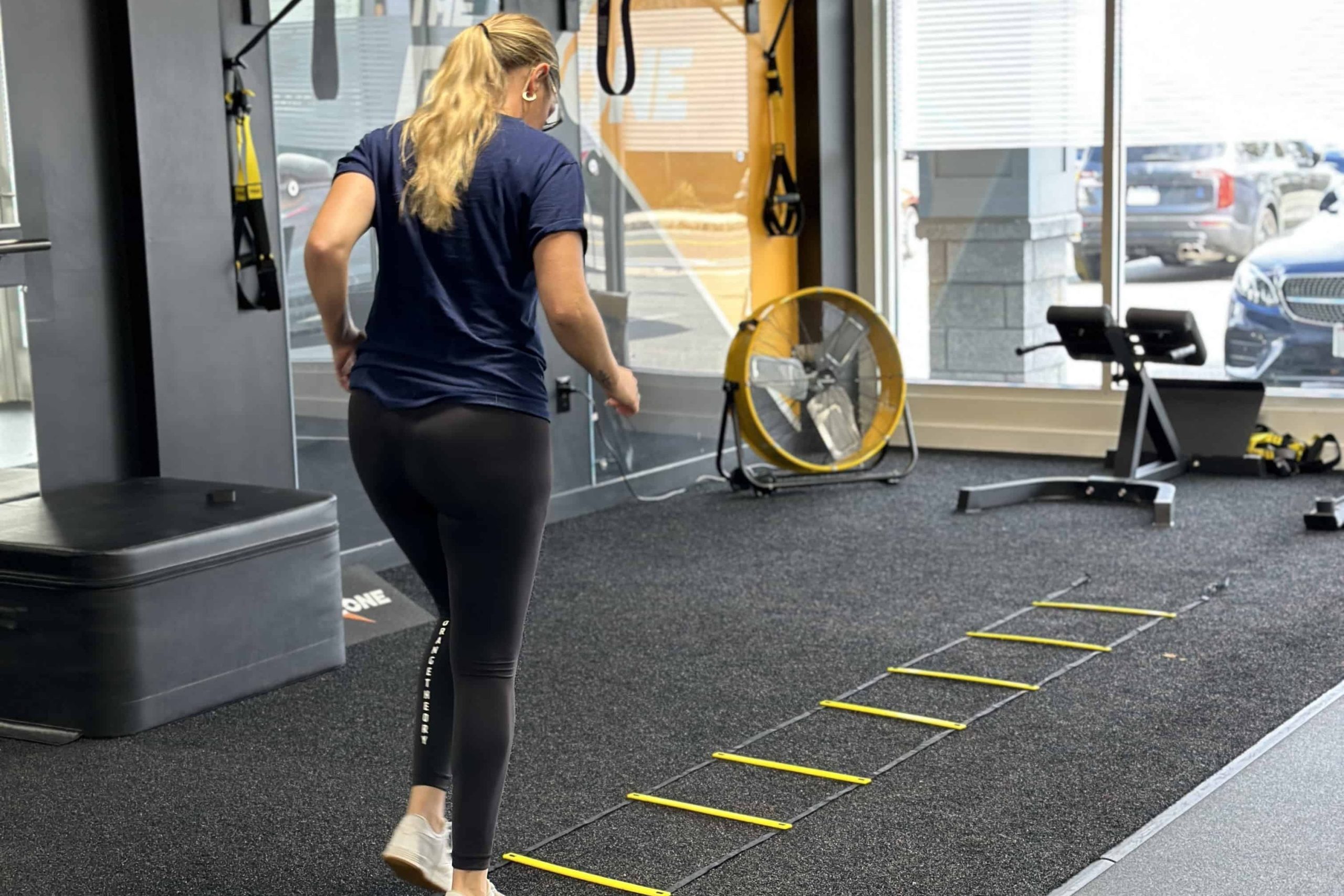
Physical Therapy for Runners focuses on refining running form, addressing muscle imbalances, and enhancing lower-limb stability to prevent injuries and boost performance.
-
Neuromuscular Massage Therapy
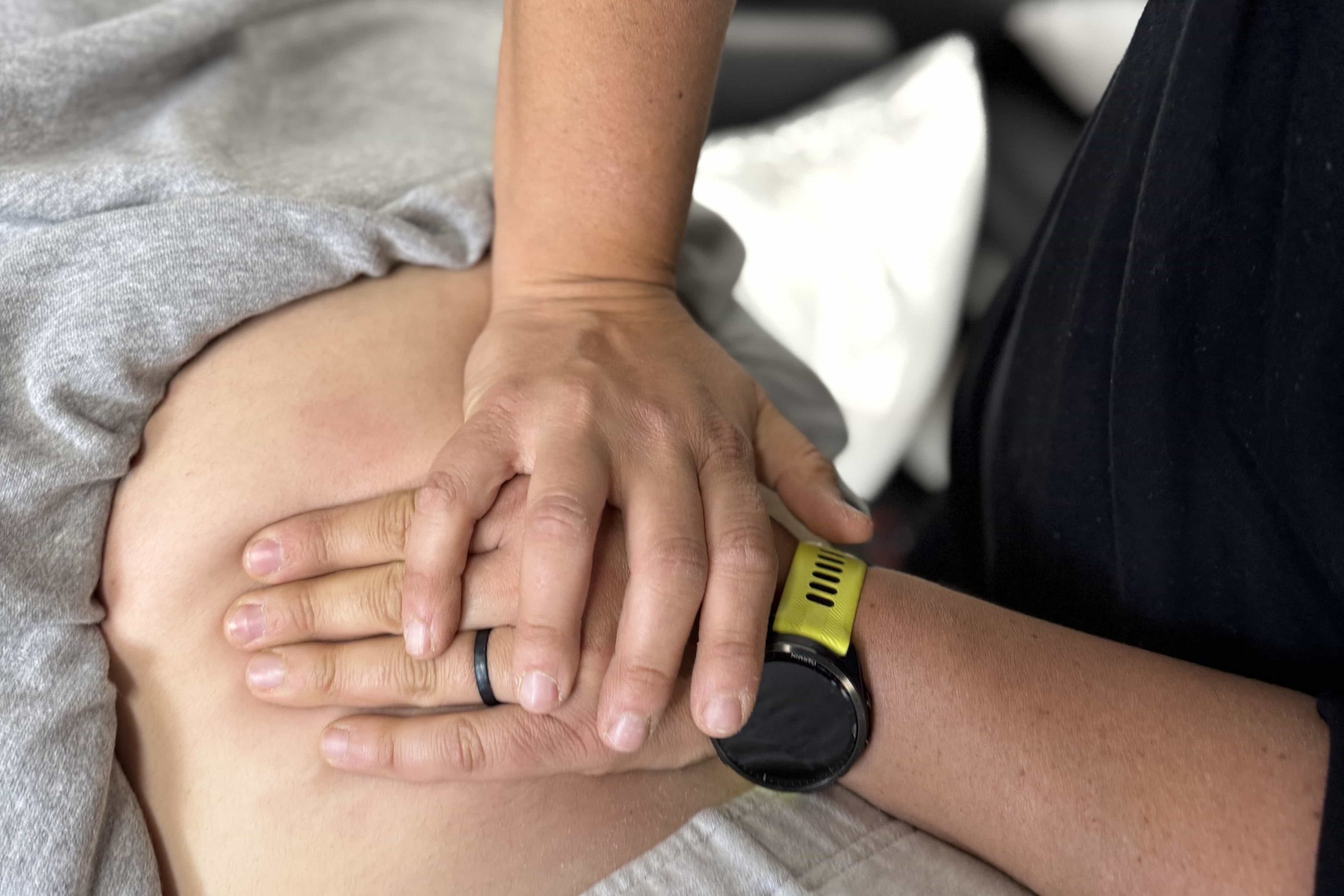
Neuromuscular Massage Therapy (NMT) precisely targets trigger points in muscles and connective tissues, relieving tension, restoring proper function, and promoting long-term pain relief.

The PT Zone is committed to keeping kids active—so growth spurts never mean sitting on the sidelines.
Our kid‑friendly approach turns painful heels into strong steps—letting young athletes play, run, and explore with confidence.
Common Questions from Sever’s Disease Parents
1. Will Sever’s disease damage my child’s long‑term growth?
No. Sever’s disease affects the heel’s growth plate temporarily during rapid growth. With proper load management and stretching, the irritation resolves, and the bone continues normal development without lasting deformity.
2. Does my child need X‑rays for heel pain?
Imaging is rarely necessary unless we suspect fracture or infection. Sever’s disease is diagnosed clinically through location of pain and activity history. Avoiding unnecessary X‑rays limits radiation exposure in growing kids.
3. Can my child keep playing sports?
Yes—with modifications. We guide pain‑based activity scaling: switching high‑impact drills for low‑impact skill work, reducing practice length, or adding heel cups. Staying active maintains conditioning while the growth plate calms.
4. How long does recovery usually take?
Most kids experience marked improvement within 4–6 weeks when they follow stretching, heel‑support, and load‑adjustment advice. Full symptom resolution and unrestricted play often occur by 8–10 weeks.
5. Do heel cups or orthotics actually help?
Soft heel cups or small lifts decrease Achilles tension and cushion impact, providing quick pain relief. Custom orthotics are seldom needed unless foot mechanics strongly contribute to symptoms.
6. Is stretching or strengthening more important?
Both matter. Regular calf and plantar‑fascia stretching reduces traction, while progressive calf‑foot strengthening improves shock absorption. We blend the two so tissue length and load capacity rise together.
7. How can we prevent Sever’s disease from coming back?
Keep calves flexible, rotate between supportive shoes, progress practice intensity gradually after growth spurts, and encourage daily single‑leg balance and calf‑raise routines. Quick recovery strategies at the first hint of heel pain stop minor flare‑ups from sidelining your child again.















